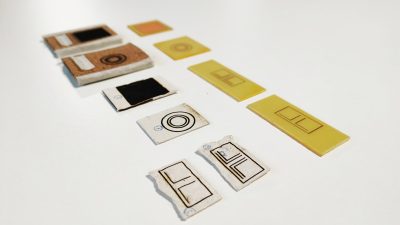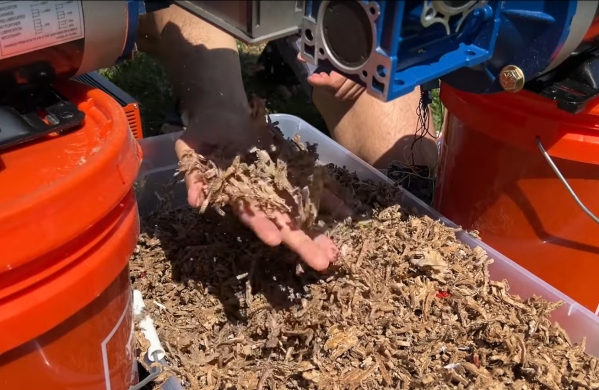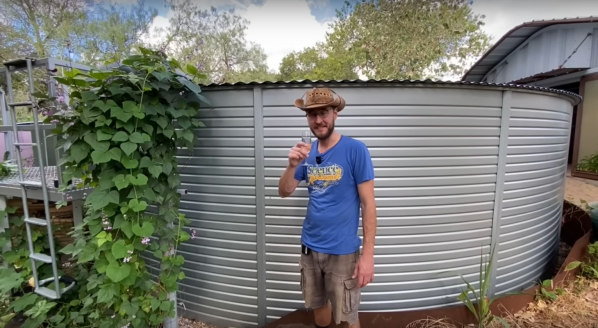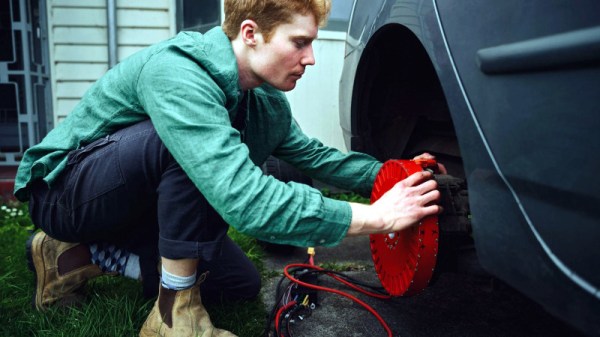Swedish start-up Minesto has been for years trying to float the idea of having underwater turbines that generate power for use on-shore. These would be anchored to the seafloor by a long tether and move around in figure-of-eight patterns like a kite, which would increase the flow over the turbine’s blades. After a few years of trials, its 1.2 MW Dragon 12 kite will now be installed off the coast of the Faroe Islands.
Previously, Minesto had installed its much smaller DG500 (0.5 MW) kite turbine at Holyhead Deep, in Wales, where a single unit has been tested at a depth of between 65 and 91 meters. So far, only this unit has seen continuous operation. As noted in the linked Tethys report, this one unit was not connected to the grid, and research on its environmental impact is still ongoing as of September 2022. The main concerns are how it might affect cetaceans (whales, dolphins, etc.), including potential collisions with these as well as diving birds who might end up diving in the midst of a swarm of kites moving about at fairly high speeds.

Although by itself putting a turbine into the much stronger and energetic ocean currents – not to mention near-continuous – makes sense, the marine environment is a tough one to survive. The DG500 prototype has seen a few years of use, but this would be the first large-scale deployment of such a system and thus the first significant long-term durability test. The goal at the Faroe Islands is to install 120 MW of capacity, across four kite groups, joining the smaller Dragon 4 (0.4 MW) unit that was grid-connected in May of last year.
Depending on the results, including the economics, this technology could prove to be either much better and cheaper than off-shore wind turbines, or turn out to be saddled with fundamental flaws that has plagued previous attempts to make use of the strong currents and tides that make the world’s oceans and seas into one of Nature’s most impressive sights.



















